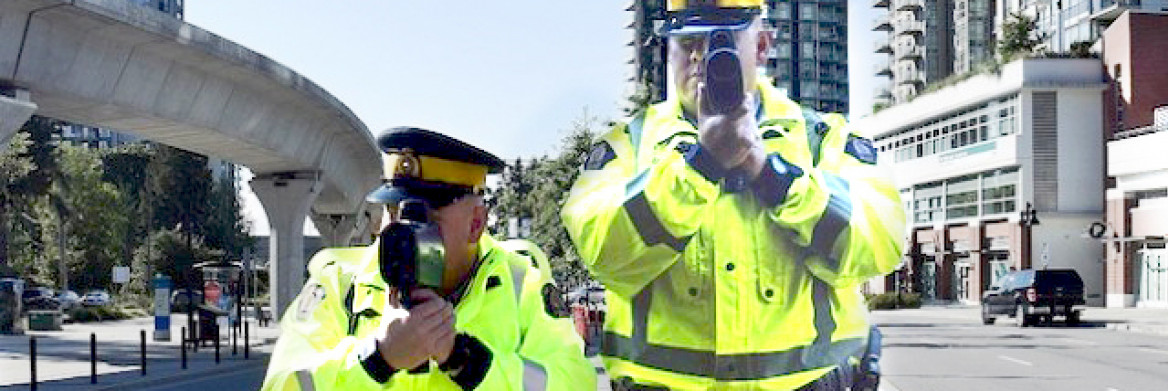There's more behind the RCMP cut-outs positioned at various intersections around Surrey, B.C., than meets the eye.
"These areas weren't randomly picked,
" says Sgt. Ian MacLellan, the acting Traffic Services Commander in Surrey, B.C. "We identified high-risk traffic intersections.
"
The planning, monitoring and research into their use will hopefully reduce fatalities, injuries and driving speeds in the city of more than 500,000.
Last year, police set up several two-dimensional cut-outs — each showing the image of an RCMP officer by their police vehicle pointing their laser detector at traffic.
Police partnered with the City of Surrey and the Insurance Corporation of B.C. to pilot the initiative targeting speeding drivers.
"It's ambitious but we need to plan, design and build a transportation network where everyone — motorists, pedestrians and cyclists — are safe on Surrey's roads,
" says Shabnem Afzal, the road safety manager for the City of Surrey and the lead for Vision Zero Surrey — an initiative to eliminate death and serious injuries on city roads.
MacLellan says the cut-outs will be moved around the city and data will be analyzed from each intersection, both with and without the cut-outs.
Police decoys have been used internationally and in other provinces such as Alberta and Ontario for years. In 2018, Sgt. Quentin Frewing worked with the City of Coquitlam to create a police officer cut-out that also tracked the effectiveness of the sign using a passive speed monitoring device.
Afterwards, Simon Fraser University's Rylan Simpson conducted a study on their use.
Simpson, an assistant professor in the university's School of Criminology, looked at the impact of cut-outs deployed on two arterial roads — where traffic often moves from collector roads to regional highways — and on two residential streets.
"Along the arterial routes, we found that the proportion of speeding vehicles was less when the cut-out was present,
" says Simpson, who notes their use could affect how a police force deploys its human traffic resources in the future.
MacLellan adds road safety has to be a priority.
"We're a fast-growing city and we're always looking to tackle behaviours that lead to collisions so that all road users can be safe.
"
